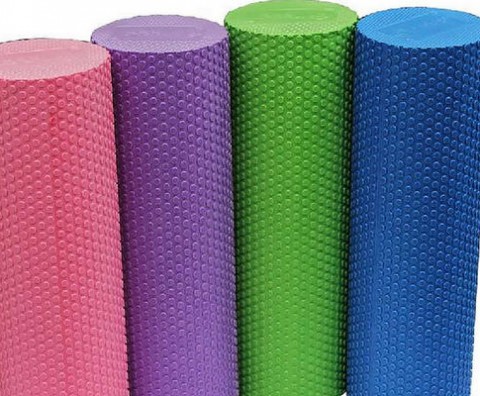It’s not just about pain.
Many people’s first thought, at the very mention of the ‘foam roller’, is a feeling of excruciating pain. Rolling the outside of your leg or your IT band can effortlessly bring on these types of sensations. Pilates sometimes make use of the foam roller for certain deep tissue release techniques (that can hurt), however there are many additional benefits. The foam roller can also be used to encourage both proprioception and stability.
Lying supine on the foam roller (as seen in the above video) is a great way to improve the proprioception in your body. Proprioception is the sense of the relative position of your body parts in space. Lying supine also encourages your core stabilisers to switch on – the region between the pelvis, all the way up to the diaphragm and everything in between. The core also includes the low back and abdominal wall.
Different movements on the foam roller require different levels of recruitment of these stabilisers and a different level of proprioception. Start with moving just one limb off the floor (an easier option), and work your way up to moving 3 limbs off the floor at the same time (a more challenging option). You could also incorporate a curl up, decreasing your base of support by taking both hands off the floor, but also encouraging core activation by recruiting more rectus abdominus. If you feel like more, add in some legs lifts or rotation of the torso – this will encourage more activation of the internal and external oblique muscles of the core.
Have a look at the video above for the specific details of these exercise variations plus many more movement ideas that can be used to challenge the core with the foam roller.
If you’d like to try some of these exercises at home, we have foam rollers for sale at reception.
If you’d like any more information about foam rolling, or anything else, please contact our friendly Pilates team at Melbourne Osteopathy Sports Injury Centre:
- info@melbourneosteopathycentre.com.au
- (03) 9939 1289

